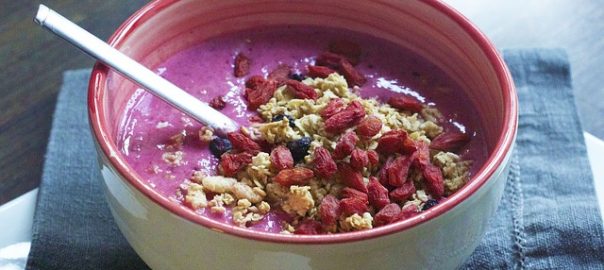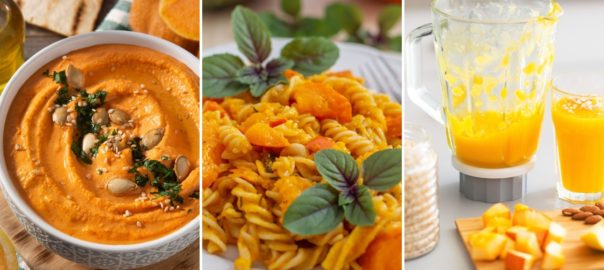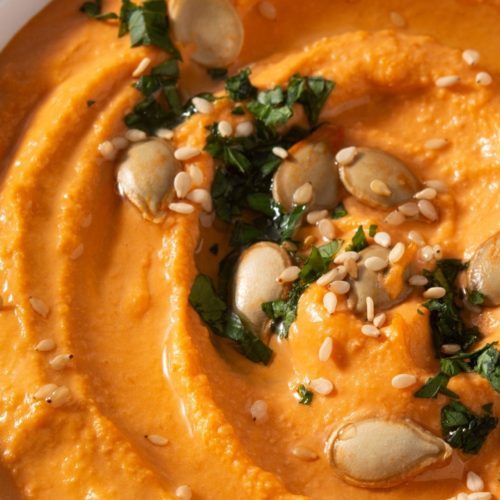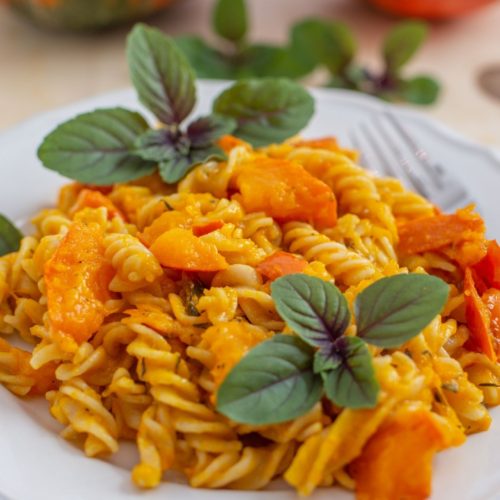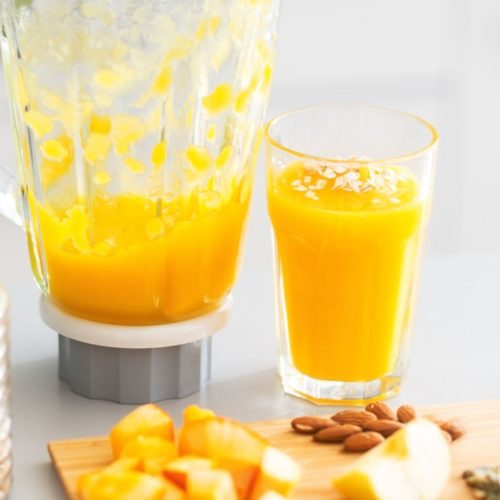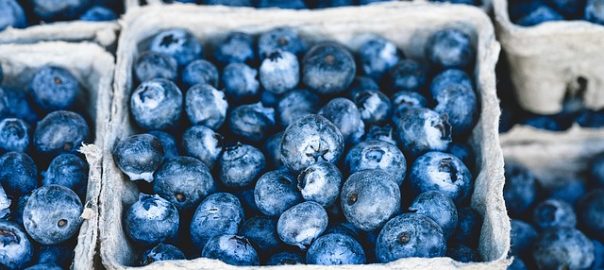When it comes to making healthy superfood smoothies it’s not just about throwing some fruit and veggies into your blending and turning it on. Sure, superfoods can be great for the body, but some are better than others. Plus, you want to think about more than just the “super” foods.
When you’re thinking about your ingredients you want to nourish your body by making nourishing choices and adding healthy veggie too.
Here are my favorite mix and match ingredients for making a fabulous smoothie:
Frozen ingredients
While fresh foods are great, there is a place for frozen items in your smoothie. One of my favorite reasons for doing that is because you’re getting the texture and consistency you want without having to add ice which, let’s face it, is just water. Plus your frozen ingredients can provide just as many nutrients as their fresh counterparts. Some of my favorite frozen ingredients include:
- Berries or other fruits
- Avocado (cut into chunks, not left in the shell)
- Cauliflower (this will need to be blanched first)
- Zucchini (cut into 1/2 thick slices)
- Leafy Greens
Superfoods
The term superfood can be a bit confusing. It seems like it’s appearing on almost everything these days. Really all it means is foods that have a lot of nutrient density. Some foods have more nutrients than others. But for the purposes of our smoothie I’m going to share my top superfood smoothie ingredients:
- Seeds - I prefer a blend of seeds rather than just one kind. Some people like to have their seeds individually, hemp one day, flax the next. However you like them, be sure to add seeds to get some omega 3’s and fiber. I generally recommend 1 tablespoon
- Goji berries - Full of amino acids and antioxidants, goji berries also have a lot of vitamins and minerals. They available dry in either bulk food bins or in the health food section of the store. Just a tablespoon is plenty; you can either blend these in or sprinkle them on the top for a decorative effect
- Coconut oil - a healthy medium chain triglyceride this is wonderful to support the metabolism. One tablespoon is plenty but be sure it’s melted before you add it. Otherwise you wind up with globs of frozen coconut oil in your smoothie.
- Cacao - The powder is a great way to add a delicious treat plus get more antioxidants. One to two tablespoons make a nice addition. Combine this with a sprinkle of cacao nibs on top and it’s definitely a nourishing superfood treat.
- Bee pollen - Highly antioxidant, bee pollen also provides some protein. Studies have shown it has immune boosting properties, making it a wonderful and delicious addition to a smoothie. I suggest 1/2 - 1 teaspoon, start slow and work your way up. Some people may experience allergy symptoms when taking bee pollen.
What do I put in my smoothie?
I got a lot of people asking this. I generally do not put leafy greens in my smoothie. That's because I prefer to eat them I do, however, love the following (not all at once):
Frozen zucchini: I buy zucchini, slice them into 1/2" slices, freeze them flat on a cookie sheet, and then pop them into a silicone bag. I usually throw 3-4 slices into a smoothie.
Frozen avocado: peeled, de-seeded, and chopped up, this is a great way to get avocado into a smoothie
Pumpkin: I usually use canned organic pumpkin. This with a vanilla protein powder, bee pollen, and some pumpkin pie spice? YUMMMM!
Frozen cauliflower: This is a great way to get a little more veg, I generally only use 1/2 a cup or less
Frozen berries: They're delicious and I'm a huge fan. Sometimes I'll alternate with frozen peaches. I generally don't do bananas anymore because it's too much and too sweet
Boosters: Love these and add them in rotation depending on flavors: bee pollen, 7 seed mix, cacao nibs, raw nuts, pomegranate arils, or shredded coconut. I also use spices, typically either cinnamon, nutmeg, or pumpkin pie spice
Bone broth: Yes! Sometimes I freeze bone broth in ice cube containers. I can then chunk 3-4 cubes into a smoothie for a nutrient dense boost without too much of a flavor override. Give it a try!
- Rootz protein powder - It really tastes good! It includes easy-to-digest egg and hemp proteins, greens, bee pollen, berries, coconut, and a ton of really amazing ingredients. And it had nothing artificial in it.
Think about your blends
Not all superfoods will go well together. You want to make sure you are pairing your ingredients carefully so you don’t wind up with a terrible tasting smoothie. That would be a complete waste of good ingredients.
When you’re thinking about what you want to add to your smoothie be sure to put together ingredients that combine nicely. If you’re not sure slice some up and try eating a bite of them together to make sure you like the combination.
It’s also helpful to write down combinations that you’ve tried and love. Creativity in the kitchen is great, delicious, repeatable creativity is better.
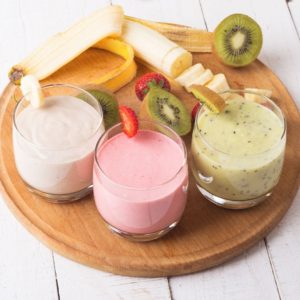
Simple Smoothie Recipe
Ingredients
- 1 - 1 1/2 cups liquid
- 1 cup fruit
- 1 cup veggies
- 1-2 tablespoons booster foods
- 1 serving protein powder (if using)
Instructions
- Tips: Don’t simply throw everything in there and hit blend. Start by blending liquid, boosters, and non-frozen ingredients. Then blend the remaining ingredients.Too many frozen ingredients won’t blend well If using frozen ingredients.Let it blend long enough to break them all down to avoid icy lumps.It’s okay to add extra liquid if needed (this isn’t an exact formula)Remember to write down combinations that you really love so you can have them again.Mix it up; don’t make the same smoothie every day. After all, variety is the spice of life

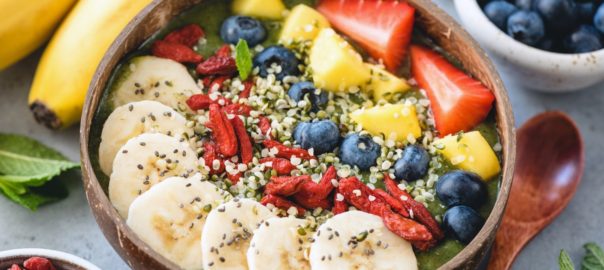


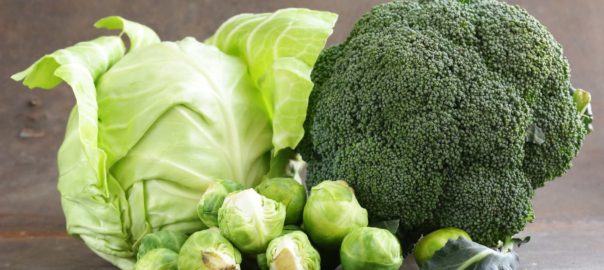

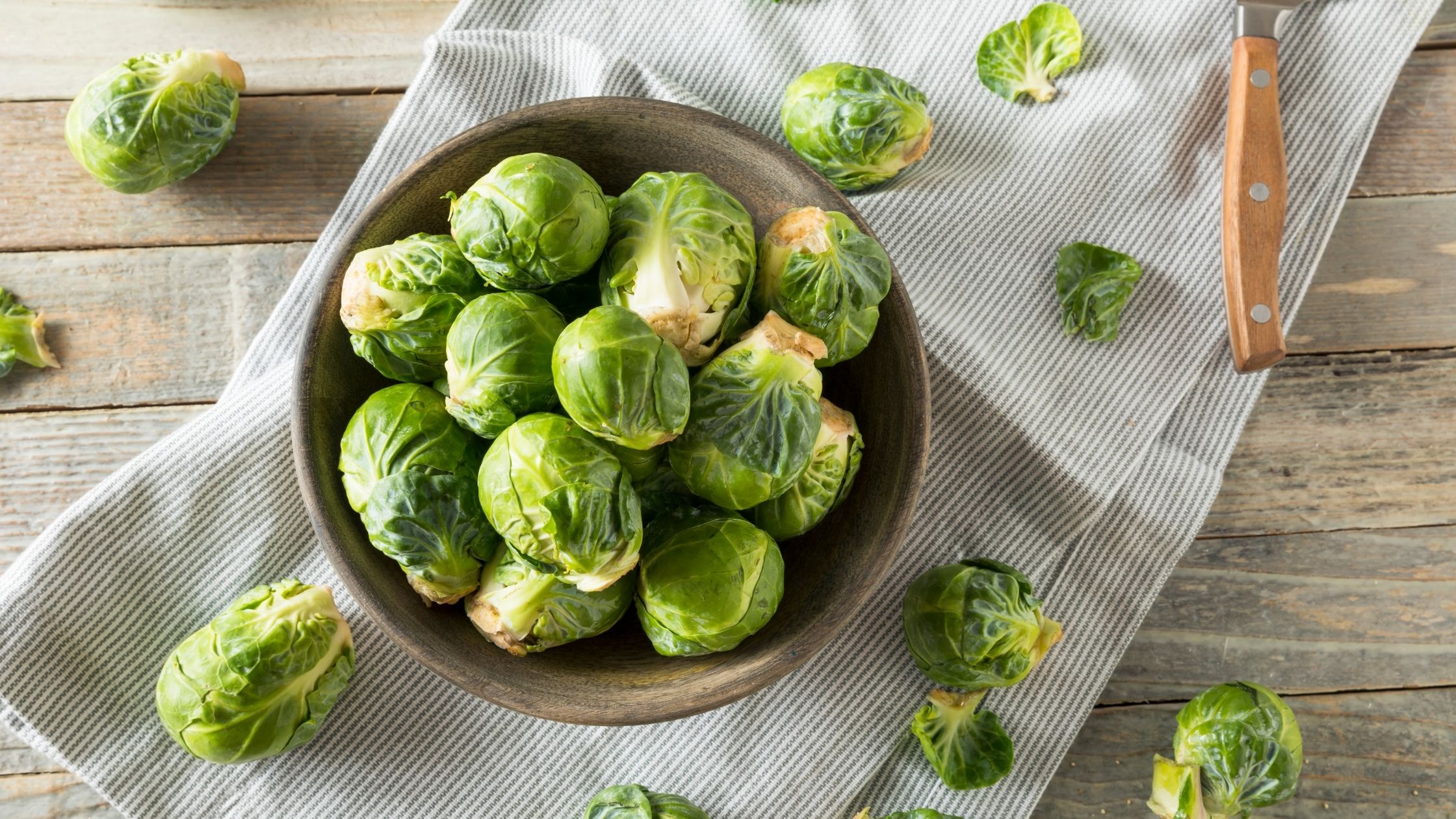

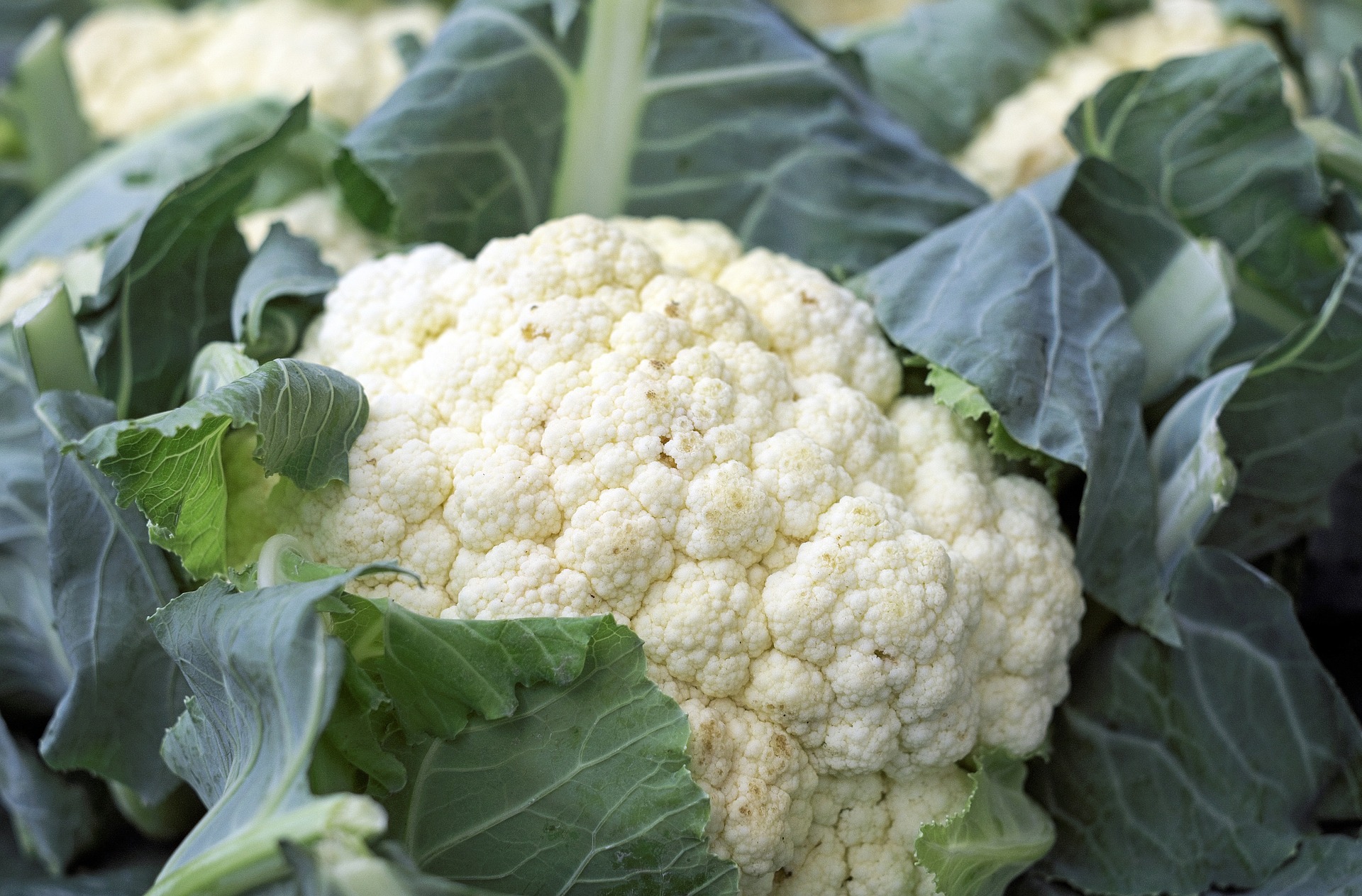
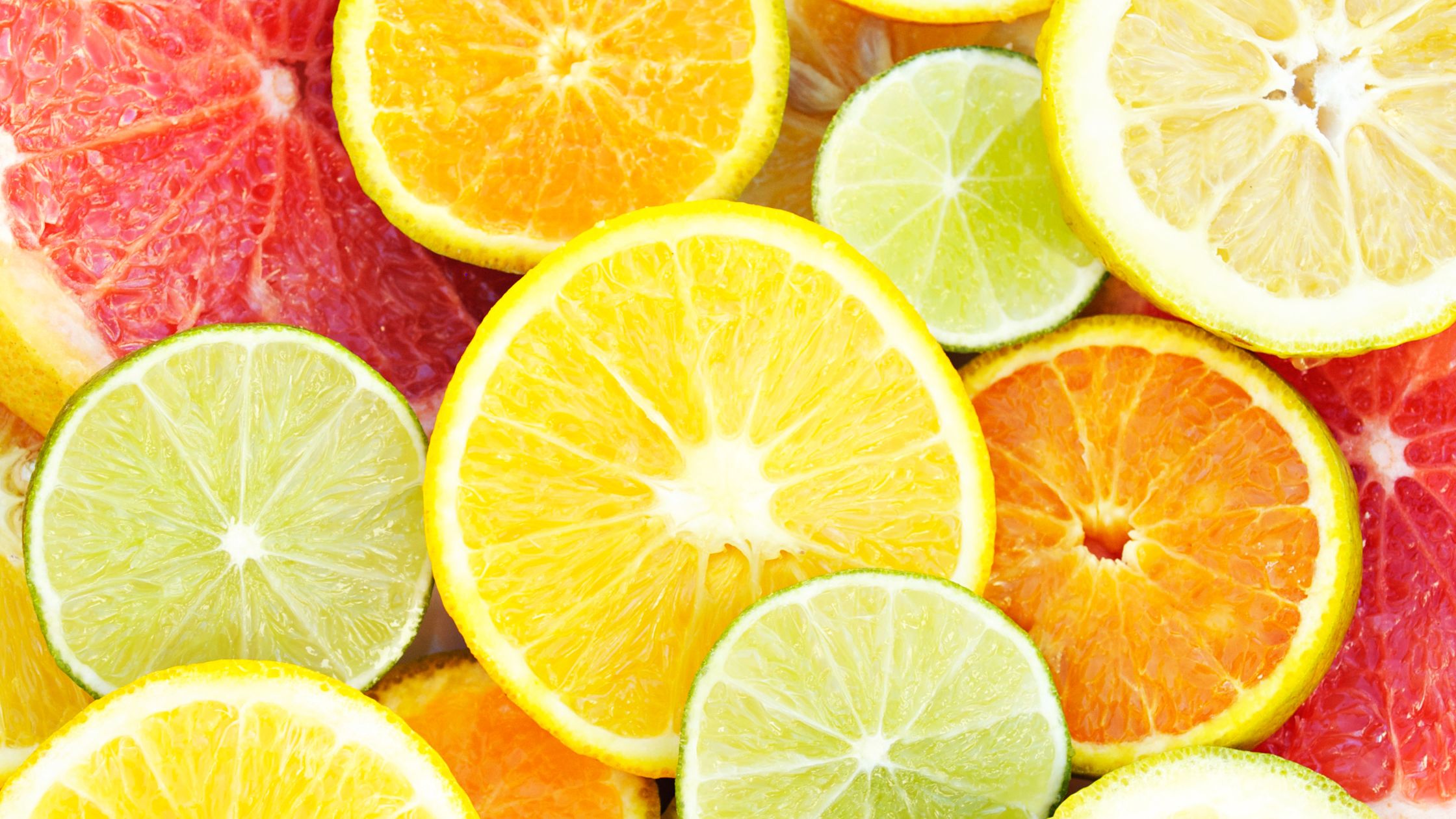


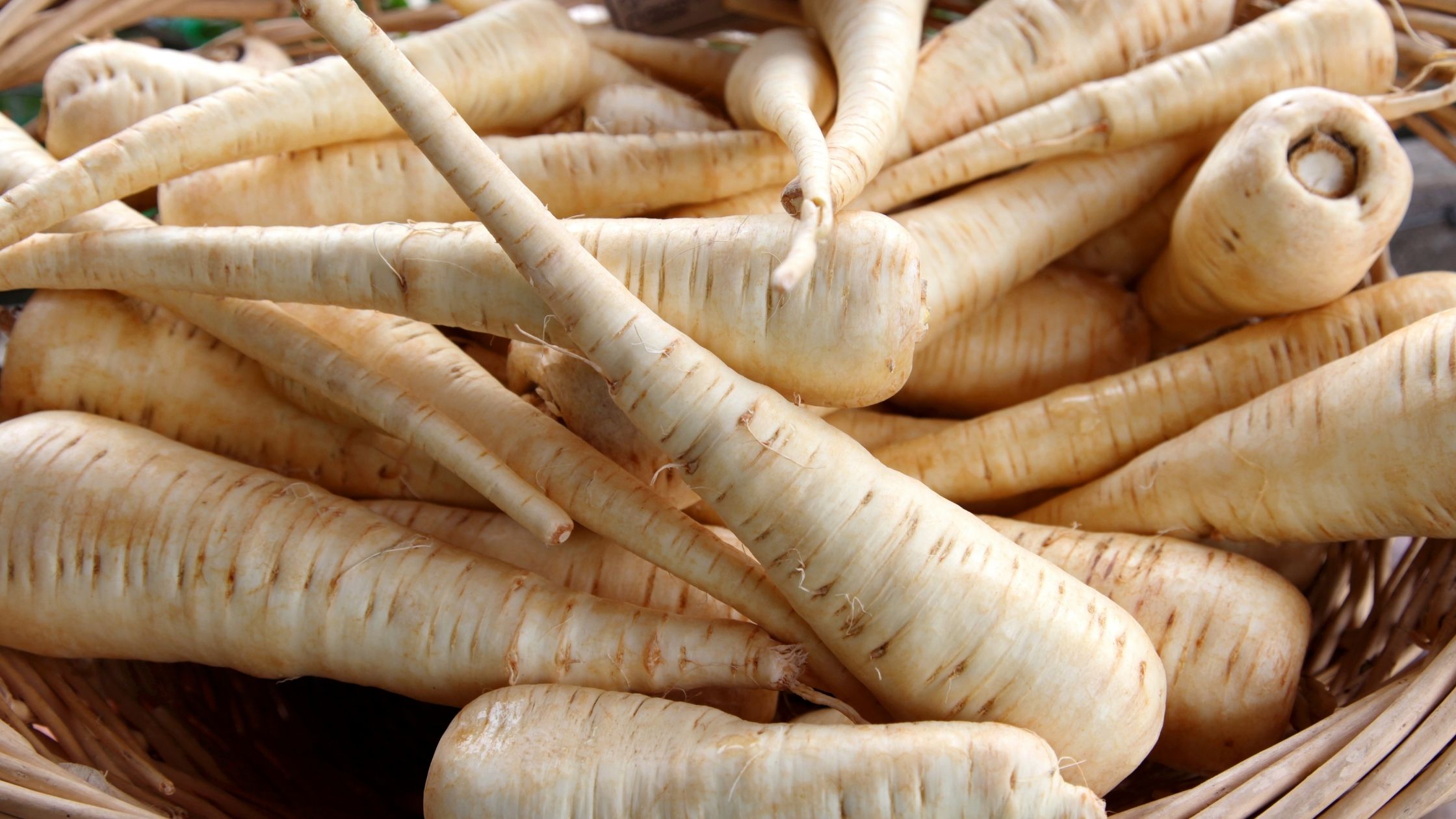
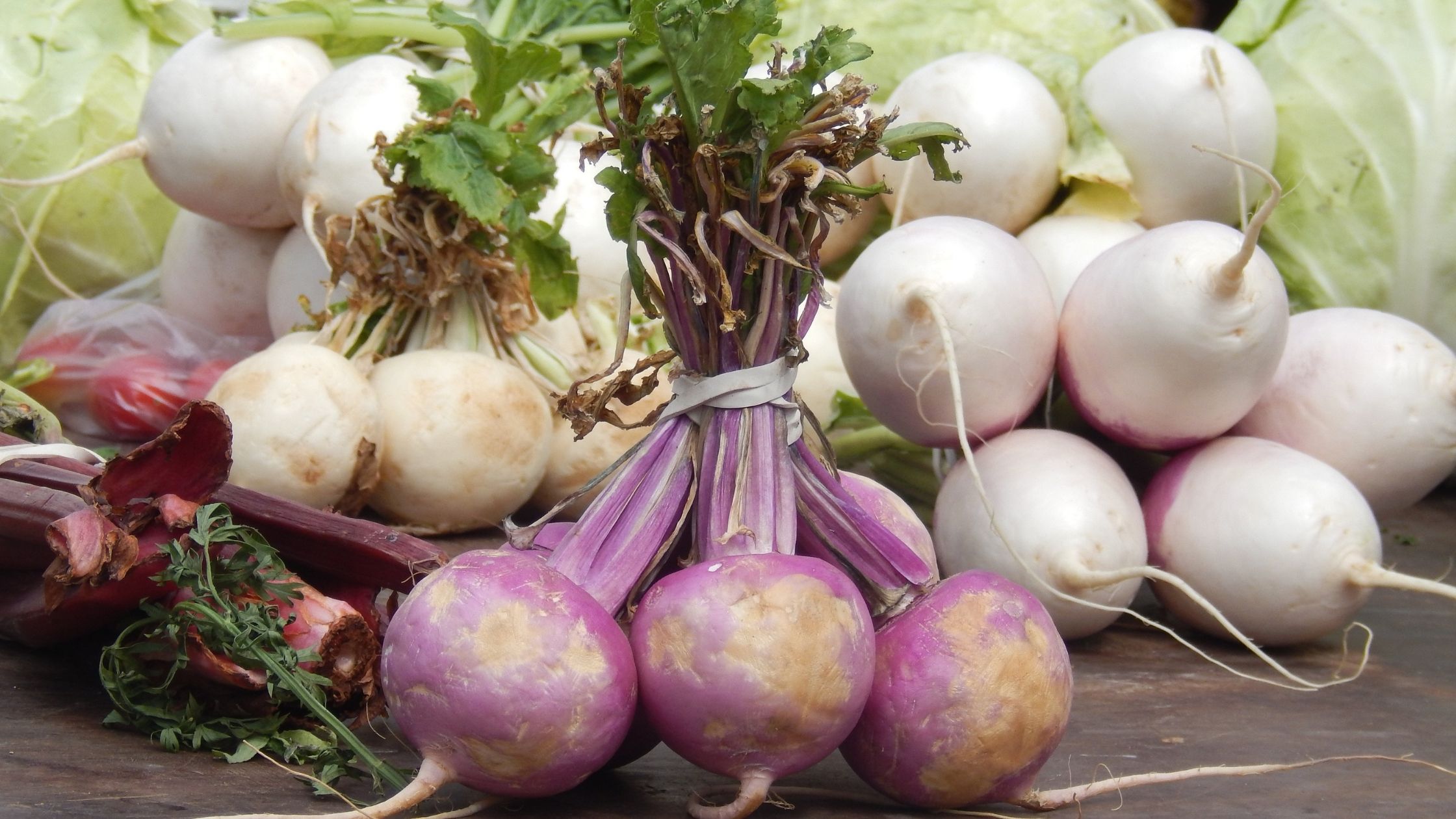

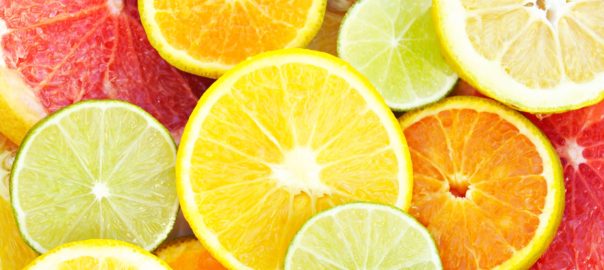




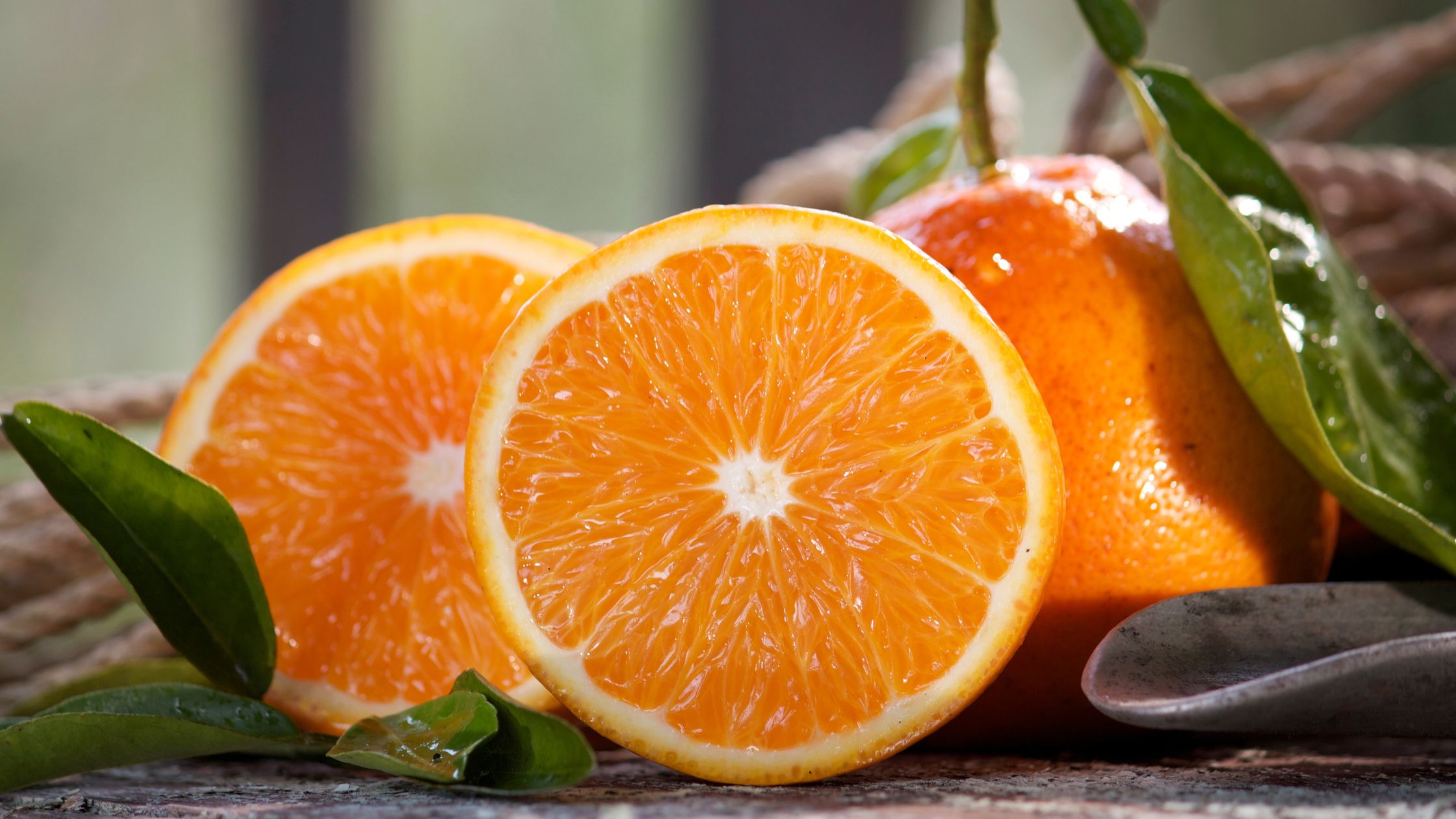
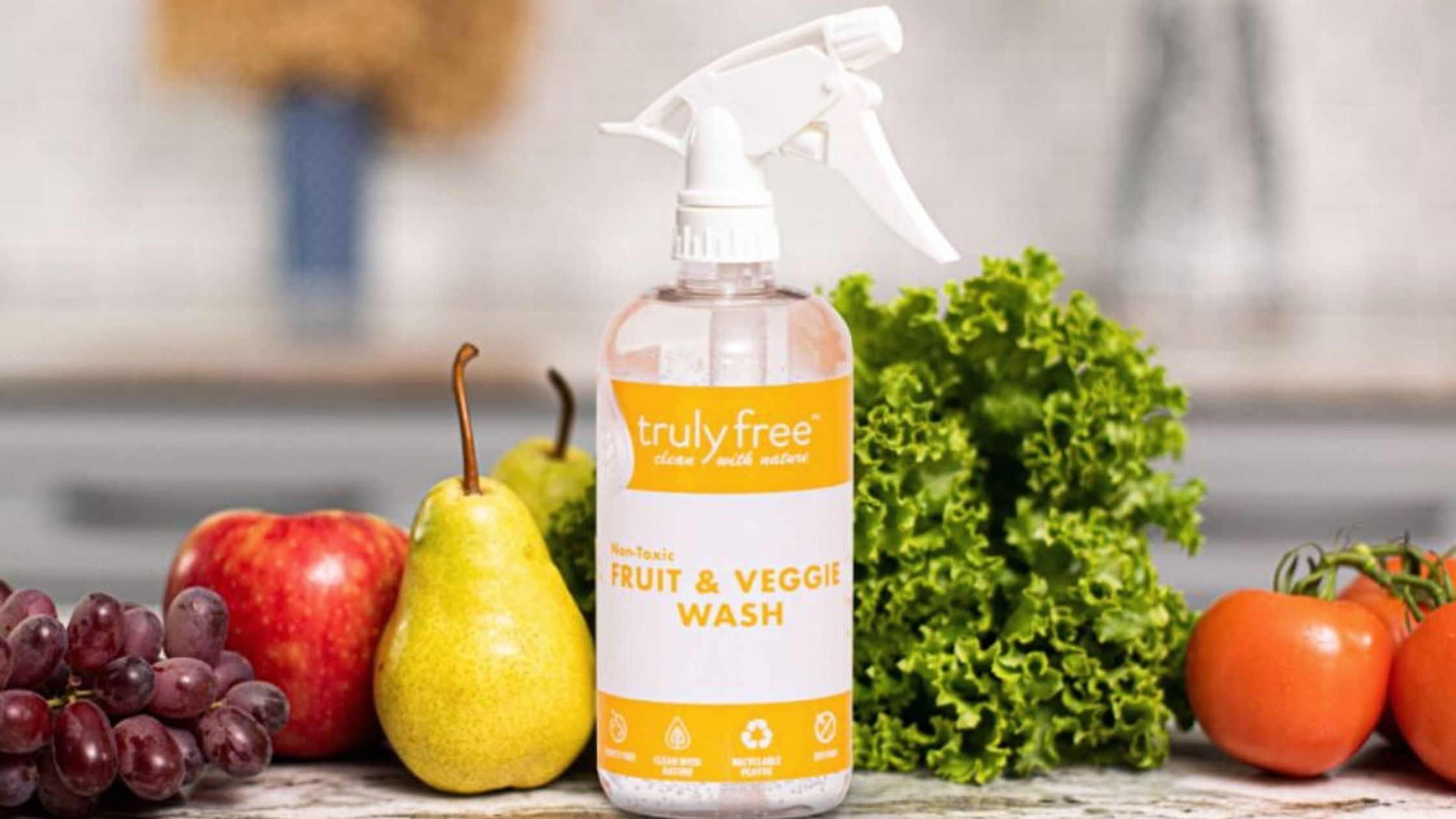 When eating fresh, in-season produce, don’t forget to wash it first.
When eating fresh, in-season produce, don’t forget to wash it first. 